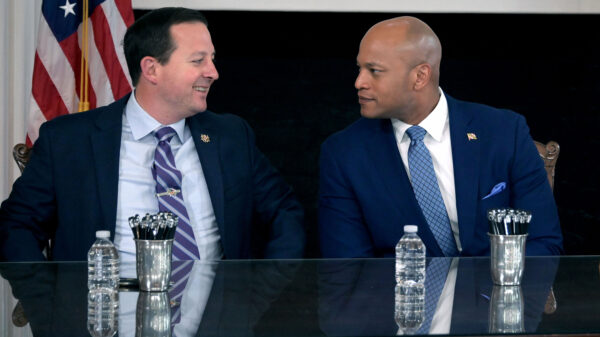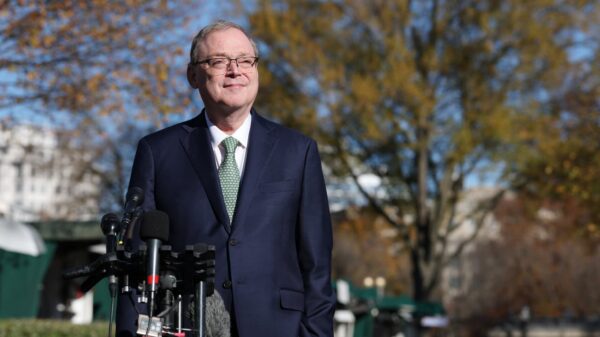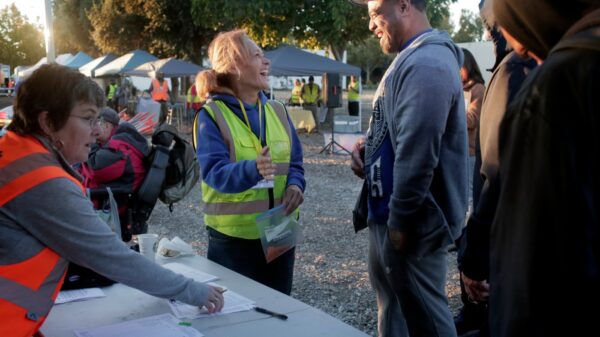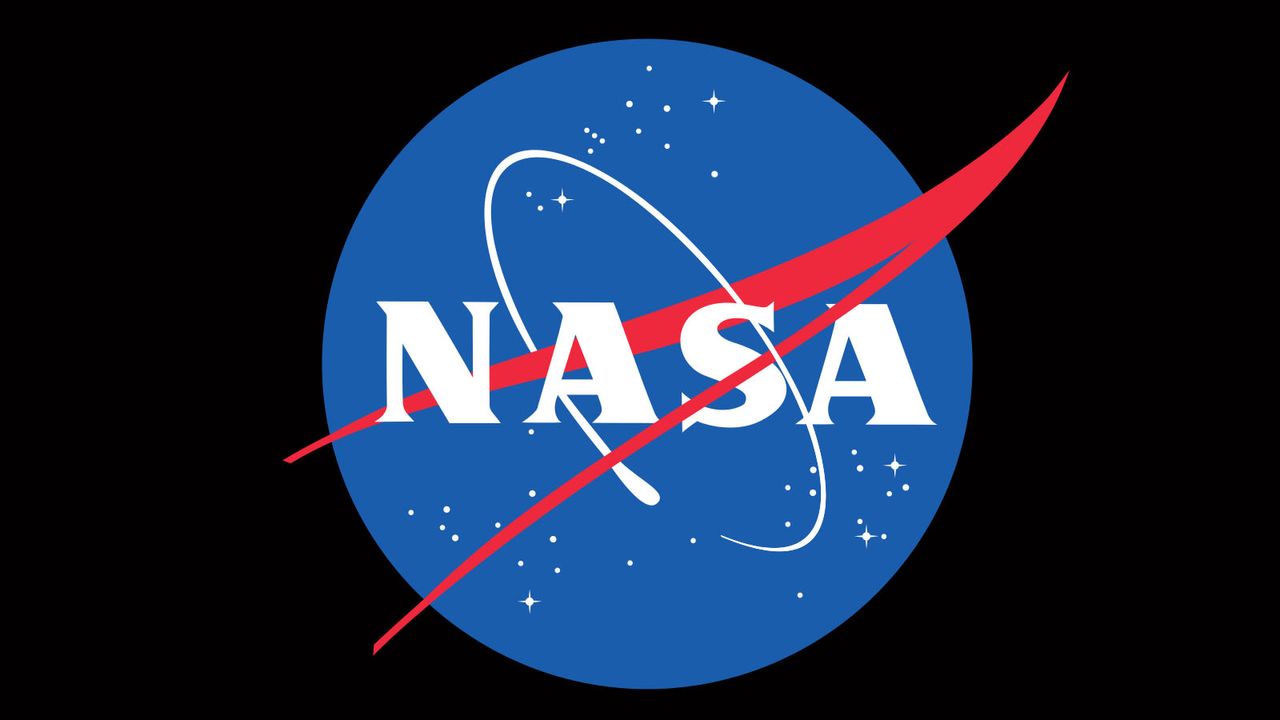NASA is poised to experience a significant reduction in its workforce, with nearly 4,000 employees opting to participate in the Trump administration’s “deferred resignation” program. This decision will result in a workforce decrease of more than 20% at the agency, as confirmed by Cheryl Warner, NASA’s News Chief, in an email to reporters on July 25, 2023.
The deferred resignation program (DRP) allows employees to take paid administrative leave until a mutually agreed departure date. This initiative is part of a broader effort by the White House to cut government spending. Employees have had two opportunities to apply for the program, with the first phase concluding in February, when approximately 870 employees, or 4.8% of the workforce, opted in. A significantly larger group, about 3,000 employees or 16.4% of NASA’s staff, accepted the DRP during the second phase, which concluded just before midnight EDT on Friday.
In addition to the deferred resignations, employees have also been able to choose two similar options: the Voluntary Early Retirement Authority and the Voluntary Separation Incentive Program. These initiatives are part of a comprehensive strategy to manage personnel costs at NASA.
Warner indicated that the final numbers may be subject to change in the upcoming weeks, as some employees may withdraw their applications or have them rejected. Since the beginning of the Trump administration, NASA has already seen approximately 500 employees leave due to normal attrition. As a result, by January 9, 2026, when the second phase participants officially exit, NASA’s workforce is projected to shrink to around 14,000 employees.
The implications of these changes are significant, as they reflect a total workforce reduction of approximately 21% due to the DRP and related initiatives. Critics of these measures argue that they pose a threat to the future of American space science and exploration.
Concerns have been amplified by President Trump’s proposed federal budget for 2026, which calls for a 24% reduction in NASA’s overall funding. The science budget of the agency could be cut by nearly 50%. These budgetary cuts have triggered protests from various stakeholders, including scientists and engineers, who fear that such reductions will have dire consequences for scientific research and astronaut safety.
One notable response to the proposed cuts is the “Voyager Declaration,” signed by nearly 300 NASA scientists. This declaration warns that the anticipated budget cuts would have devastating effects on the American scientific community and could jeopardize safety in space exploration.
As NASA navigates these challenging changes, the agency’s future and its role in space science remain uncertain amidst ongoing budget discussions and workforce transitions.







































































